|
The OP
Published on 2019-9-12 22:08
Only look at the author
This post is from Microcontroller MCU
| ||
|
|
||
- 【Posts】Summary of GPIO usage
- 【Posts】Usage of GPIO16 of ESP8266
- 【Posts】Sharing from Zaowu Workshop: A collection of GPIO applications that tens of thousands of hardware engineers dream of!
- 【Posts】[Milraychip RK3568 Industrial Development Board] Correct use of RTC
- 【Posts】[National Technology N32WB031_STB Development Board Review] GPIO Buttons and LED Lights
- 【Posts】The software engineer said he doesn't know how to use GPIO to simulate I2C. Is he a newbie?
- 【Posts】Please tell me how to use the DB instruction in 51 MCU
- 【Posts】GPIO unexpected interruption and processing
- 【Download】VC usage summary eg: (1) How to get the pointer of the application main window through code?
- 【Download】Emerson Component Stress Derating and Critical Usage Specifications (V3.0)
- 【Download】Summary of the usage of 0R resistor
- 【Download】Kingview Modbus communication usage tutorial Modbus-rtu, Modbus-tcp Modicon communication configuration steps
- 【Download】SFF-8485 Serial GPIO (SGPIO) Bus Specification
- 【Download】The principle structure and usage of active crystal oscillators and passive crystal oscillators
- 【Download】GPIO internal structure
- 【Download】Opencv Chinese manual, introducing the usage of various functions in Opencv
- 【Design】Using Charlie multiplexing method to drive digital tube, the most elegant bar clock
- 【Design】FUSB303BGEVB: Autonomous USB Type-C port controller with I2C and GPIO control
- 【Design】MAXREFDES9002: C source code reference for operating the DS28E18 from the Cortex-M4 GPIO pins
- 【Design】ProMicro_TypeC_All GPIO: Homemade Atmega32u4 core board
- 【Design】Atmega32u4 core board, TypeC interface, 23 GPIOs
- 【Design】Possibly the smallest esp8266 IoT development board (8 x gpio)
- 【Circuits】New uses of exciters in karaoke machines
- 【Articles】Usage of CNC lathe m99 command
- 【Articles】Usage of independent buttons and matrix buttons based on 51 single chip microcomputer
- 【Articles】Usage of header file intrinsics.h
- 【Articles】What are the uses of pointers in PLC?
- 【Articles】How to use Omron comparison instruction How to use Omron cmp instruction
- 【Articles】Usage of interrupt and using in C51 - microcontroller
-
Usage of GPIO16 of ESP8266
[i=s]Thispostwaslasteditedbychenbingjyon2022-11-1808:34[/i]IwanttouseGPIO16tocontroltheonandoffofanLEDlightIusedthefunctionofthefirstgraph,butitfailedtocompilebecauseitsaiditwasnotdefined.Experts,pleasegivemesomeadvice,thankyou!
-
Sharing from Zaowu Workshop: A collection of GPIO applications that tens of thousands of hardware engineers dream of!
RegardingGPIO,let’sfirsttellyouajokeInterviewer:“HaveyouheardofGPIO?”Engineer:“Yes,Ihave”“WhatisGPIO?”“…GPIOisGPIO…”“WhatisGPIOusedfor?”“…Idon’tknow…”“Okay,youcangobacknow."Let'stalkaboutthisfamiliaryetunfamiliarGPIO.What ...
-
[V2S200D Voice Vibration Sensor Evaluation Kit Review] Various Field Environment Sound Tests
TheV2S200Dvoiceandvibrationsensorevaluationkitcanevaluateaverywiderangeoftests.Thistime,theevaluationwasconductedinmultiplefieldenvironmentstoseehoweffectiveitis.1.BustlingcoffeeshopHonestly,coffeeshopsshouldn’tbecrowded.Butnowcoffeeshopsh ...
- [V2S200D Voice Vibration Sensor Evaluation Kit Review] Mobile Phone Headphone Mode Test
- I would like to ask the experts, how to learn the high-frequency electronic circuit course? I want to work in this field in the future.
- [SC8905 EVM Review] + Found an error in the User Guide
- [RVB2601 Creative Application Development] User Experience 09 -- YoC Event
- EEWORLD University - Deeply understand the security of Bitcoin and program transaction security and related cryptographic principles
- V850E/Dx3: Next-generation 32-bit automotive instrument cluster microcontroller family
- What communication technology is needed for the interactive transmission of RFID information?
EEWorld Datasheet Technical Support
-
"Cross-chip" quantum entanglement helps build more powerful quantum computing capabilities
IBM scientists have achieved "cross-chip" quantum entanglement - successfully entangled two "Eagl
-
Ultrasound patch can continuously and noninvasively monitor blood pressure
A research team at the University of California, San Diego, has developed an innovative wearable
-
Europe's three largest chip giants re-examine their supply chains
At the Electronica 2024 CEO Roundtable held just last week, the CEOs of three chip giants, Infine
- It is reported that Kioxia will be approved for listing as early as tomorrow, and its market value is expected to reach 750 billion yen
- The US government finalizes a $1.5 billion CHIPS Act subsidy to GlobalFoundries to support the latter's expansion of production capacity in the US
- SK Hynix announces mass production of the world's highest 321-layer 1Tb TLC 4D NAND flash memory, plans to ship it in the first half of 2025
- UWB is a new way to use it in cars. Can wireless BMS also use it?
- Filling the domestic gap! China Mobile, Huawei and others jointly released the first GSE DPU chip
- Samsung Electronics NRD-K Semiconductor R&D Complex to import ASML High NA EUV lithography equipment
- Apple reveals the secret of its own chip success: competitors can't use the latest cutting-edge technology
- Problems with STM32 and passive buzzer playing sound
- Embedded Tutorial_DSP Technology_DSP Experiment Box Operation Tutorial: 2-28 Building a Lightweight WEB Server Experiment
- OPA847IDBVR op amp domestic replacement
- AG32VF407 Test UART
- [Digi-Key Follow Me Issue 2] Chapter 1: Sharing on receiving the goods
- What model is this infrared receiver? Which model can be used instead? Thank you
- Selling brand new unopened ZYNQ 7Z020 FPGA core board
- The LORA module used in the lithium battery-powered water meter setting can save energy when 100 water meters are installed in one corridor.
- I would like to ask, when a port is set to RX0, is it necessary to set the input and output direction of this port?
- Why is this year so difficult? It’s even more difficult than during the pandemic. I’m 30 and facing unemployment. I’m so confused.
- Ask about the voltage regulator test question
- [Xiaohua HC32F448 Review] About Xiaohua Semiconductor's UART interrupt sending and PRINTF construction and redirection
- 【BIGTREETECH PI development board】 HDMI output test
- 【BIGTREETECH PI development board】+08. Audio test (zmj)
- [Xiaohua HC32F448 Review] +RTC electronic clock
- 有奖直播报名| 高可靠性IGBT新选择 —— 安世半导体650V IGBT
- 【直播时间】12月19日(周四)下午15:00-16:30
【直播好礼】定制双肩商务包、30元京东卡、吸管玻璃杯
- 安世半导体直播报名中
- 直播主题:安世半导体理想二极管与负载开关,保障物联网应用的稳健高效运行
直播时间:12月17日(周二)下午14:00
报名就有机会获得:定制双肩商务包、30元京东卡、吸管玻璃杯
- PI 电源小课堂 | 无 DC-DC 变换实现多路高精度输出反激电源
- 时间:即日起-12月15日
看视频学习电源干货,答题赢取京东卡!
- 参会有好礼 | 2024 瑞萨电子MCU/MPU工业技术研讨会
- 深圳站:11月30日(周六)深圳湾万怡酒店
上海站:12月06日(周五)上海喜玛拉雅酒店
奖励设置:现金红包、螺丝刀套装或30元京东卡
- Littelfuse 新品赋能电子产品安全可靠并高效, 10+挑战等你探索!
- Littelfuse 应用赋能星球,覆盖了诸多应用痛点及解决办法,邀请工程师一起探索,解锁更多设计力!
- 下载资料赢好礼!看Vicor模块化电源解决方案如何推动创新
- 活动时间:即日起-2024年12月31日
如何参与:点击活动页内您想了解的模块,找到资料下载即可参与抽奖,活动结束后统一发奖!
- 有奖活动|英飞凌高密度双相电源模块为高性能运算平台而生
- 活动时间:即日起-12月15日
活动奖励:蓝牙音箱、氮化镓充电器套装、黑色小背包
- 本周精选下载推荐:电源管理基础Dummies
- 本周小编给大家带来一本超简单、超干货的电子书——《电源管理基础Dummies》!内容深入浅出,排版舒服简洁,分分钟能get到电源管理最核心的知识内容。
EEWorld
subscription
account

EEWorld
service
account

Automotive
development
circle

About Us Customer Service Contact Information Datasheet Sitemap LatestNews
- I want to learn how to use 16-bit microcontrollers. What should I do?
- I want to get started with microcontroller peripheral circuits, what should I do?
- I want to get started with simple microcontrollers, what should I do?
- How to get started with machine learning competitions? Please give me a study outline
- For the introduction to microcontroller peripheral circuits, please give a learning outline
- How to get started with FPGA
- What microcontroller should I buy for beginners?
- How to get started with microcontrollers
- How to get started with deep learning
- What does claude official website mean?


 Room 1530, Zhongguancun MOOC Times Building,
Block B, 18 Zhongguancun Street, Haidian District,
Beijing 100190, China
Tel:(010)82350740
Postcode:100190
Room 1530, Zhongguancun MOOC Times Building,
Block B, 18 Zhongguancun Street, Haidian District,
Beijing 100190, China
Tel:(010)82350740
Postcode:100190
 京公网安备 11010802033920号
京公网安备 11010802033920号


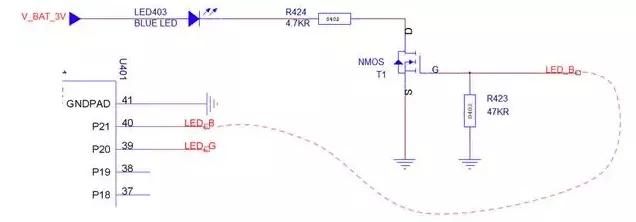
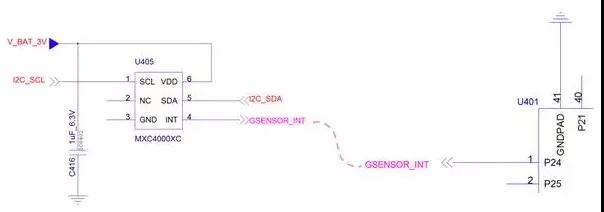
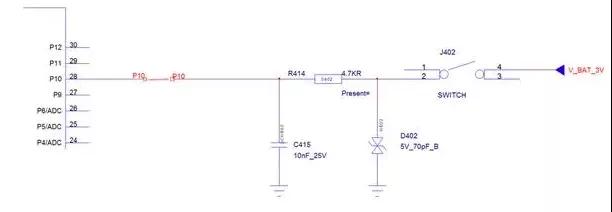
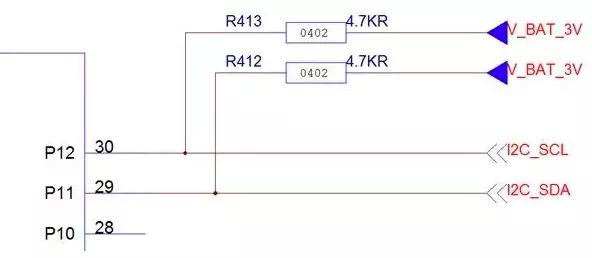
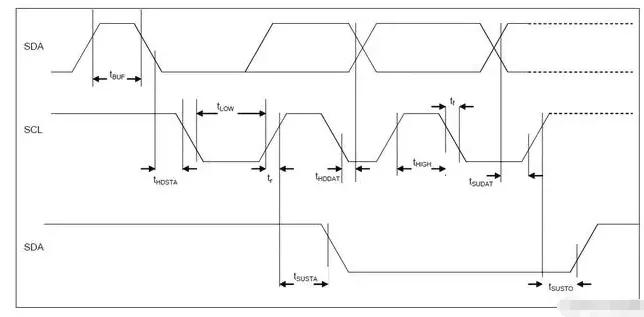
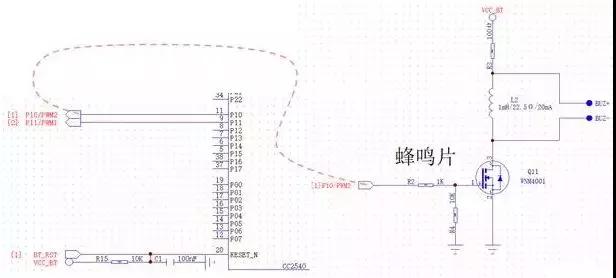
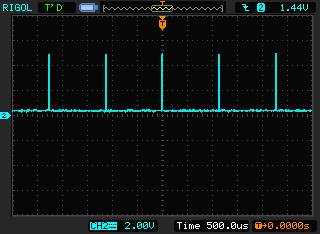
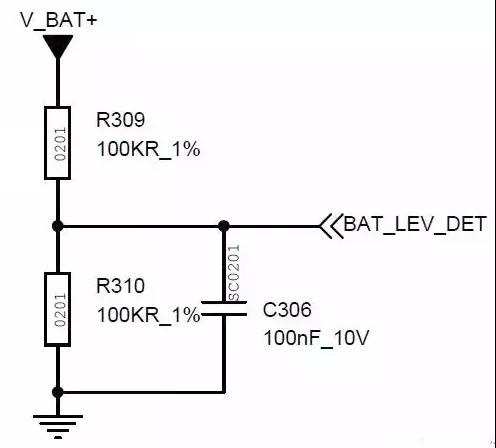
 提升卡
提升卡 变色卡
变色卡 千斤顶
千斤顶